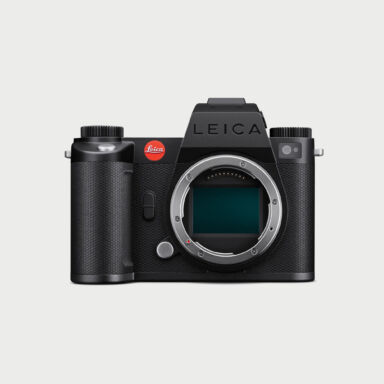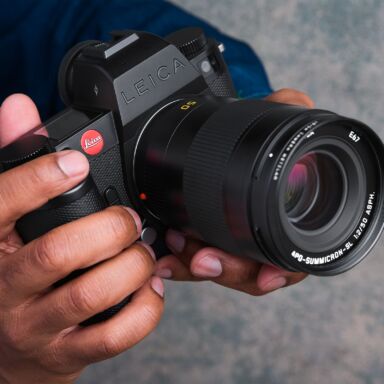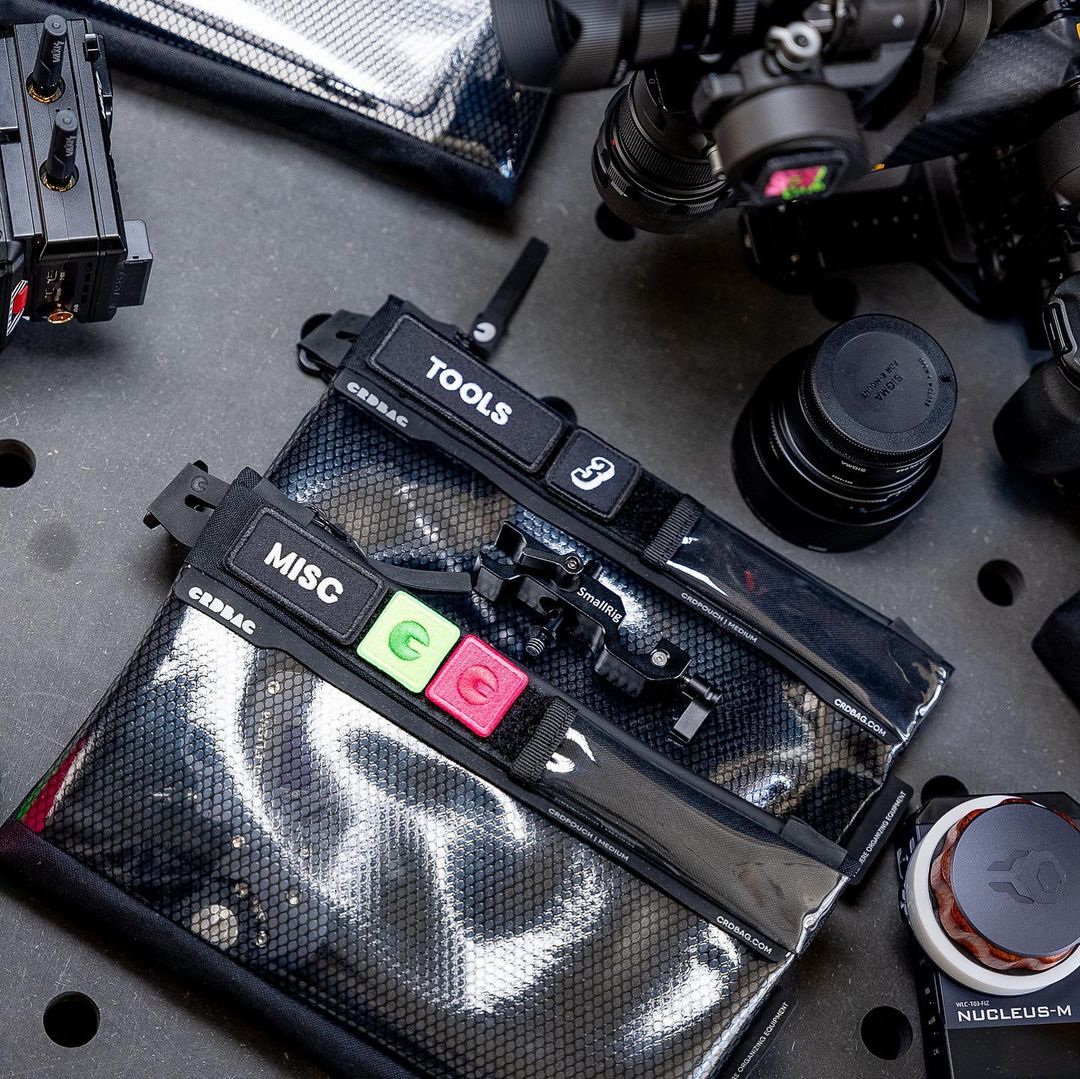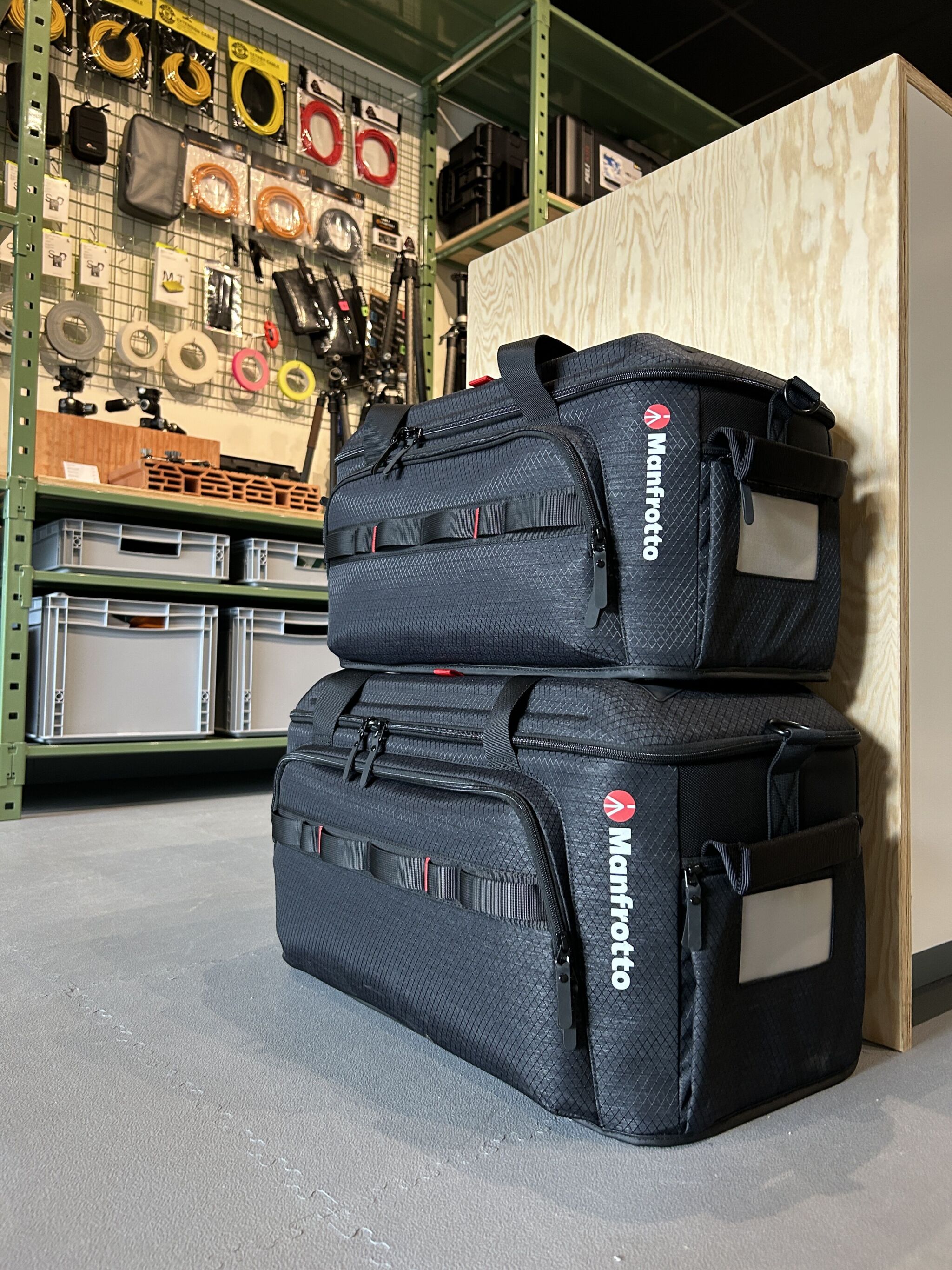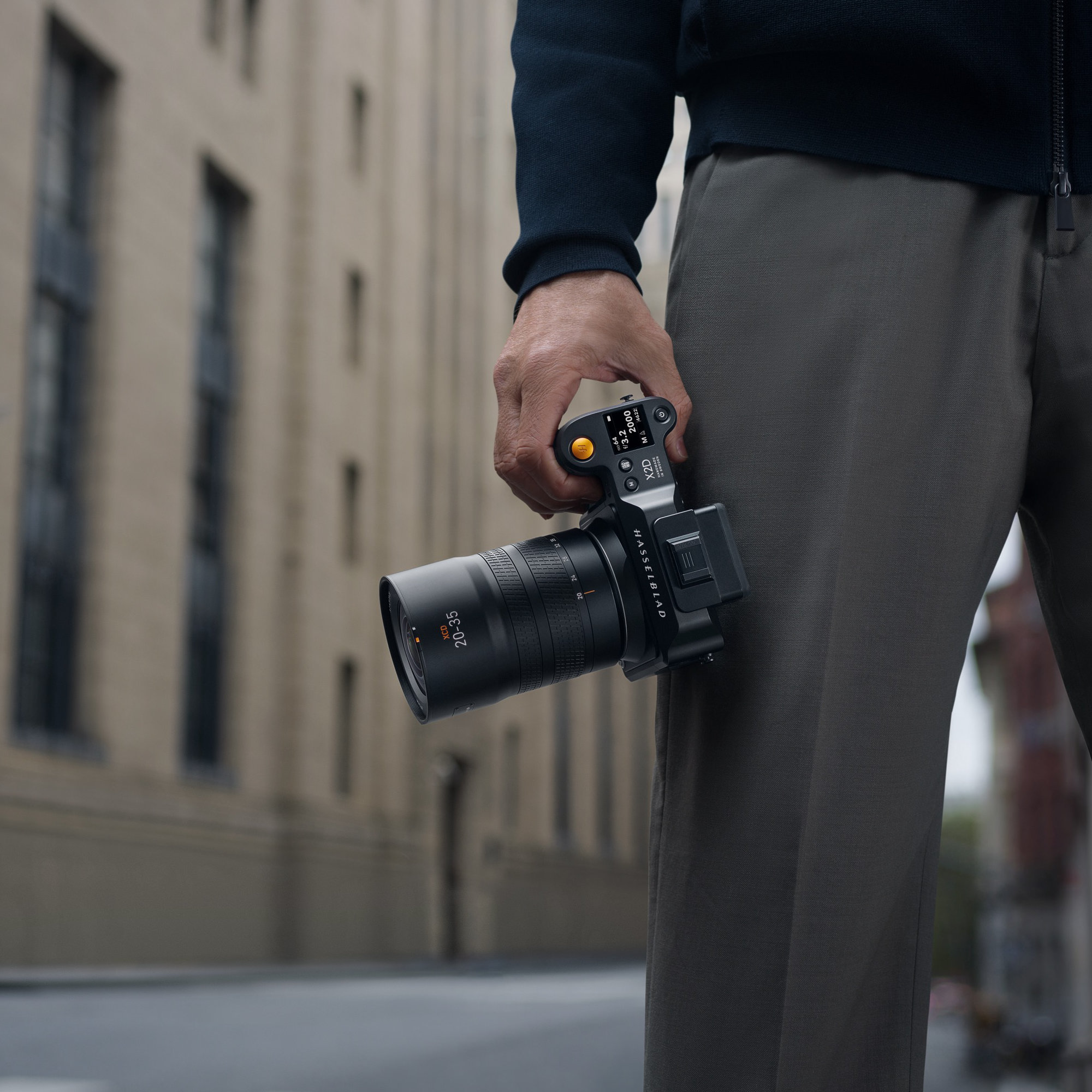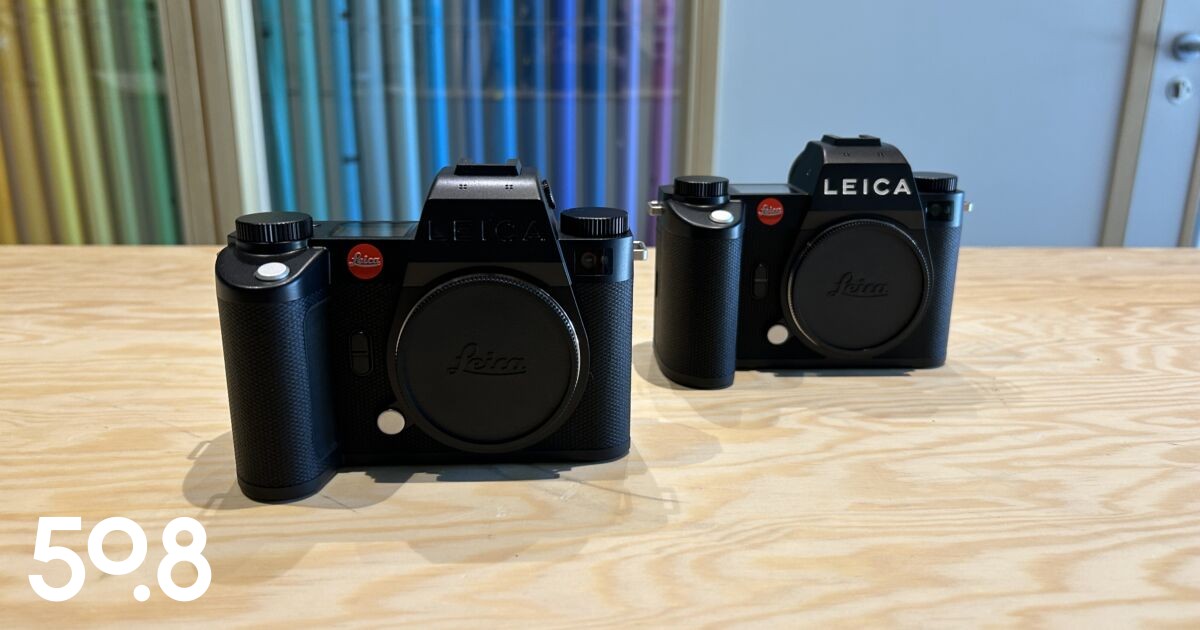Discover the 5 must-have accessories for photographers in 2025 to level up your gear and workflow. From essential cleaning kits to versatile L-Plates for tripod shooting, these tools help keep your gear organized and ready for any shoot. Perfect for photographers of all skill levels, these accessories ensure you stay efficient and prepared, whether you’re a professional or hobbyist. Explore our top picks for 2025 and elevate your photography game today!
The Leica SL3-S is the successor to the highly acclaimed Leica SL2-S. Presented by Leica as the fastest camera ever designed by the brand, it is more responsive, more versatile and as robust as ever.
Positioned as the little brother of the Leica SL3, it retains its high-end design, while targeting photographers and videographers looking for a high-performance, affordable tool in the professional range.
In this article, discover the key features of the Leica SL3-S, its strong points and what are the differences with the Leica SL2-S and Leica SL3.
- Pleasant design, build quality and interface
- Customization options
- Efficient integrated stabilization (IBIS)
- Still image quality
- Video capabilities
- Prices
- Label-free controls
- Tilting rear screen only
Table of contents
SL3 vs SL3-S?
The Leica SL3 and Leica SL3-S share the same body design, identical interface and menu and control system.
However, one major difference lies in the sensor: the SL3-S is equipped with a 24-megapixel sensor, compared with 60 megapixels for the SL3.
For the new SL3-S, Leica is banking on speed and responsiveness. This camera has been designed to offer optimum performance in both photography and video, with the emphasis on speed rather than pure resolution.
Discover all the improvements to the Leica SL3-S below.
24 MP sensor
One point that might put off some buyers is the sensor resolution, limited to 24 megapixels, well below the SL3’s 60 MP. Leica’s strategy is to offer a high-resolution body with the SL3 and a body with lower resolution but more powerful and efficient performance with the SL3-S.
Despite its more modest definition, the SL3-S impresses with its image quality. JPEGs display excellent tonal management, with fine contrasts and very clean rendering, even in dark areas. Highlights can sometimes be overexposed, but RAW files help recover detail. High ISO performance is also outstanding: even at ISO 6400, images remain sharp and detailed.
Sharpness, detail and tonal management are top-notch, thanks in particular to the SL lenses to which the SL3-S is coupled.
This level of performance proves that resolution isn’t everything, and that the SL3-S can hold its own against higher-definition cameras.
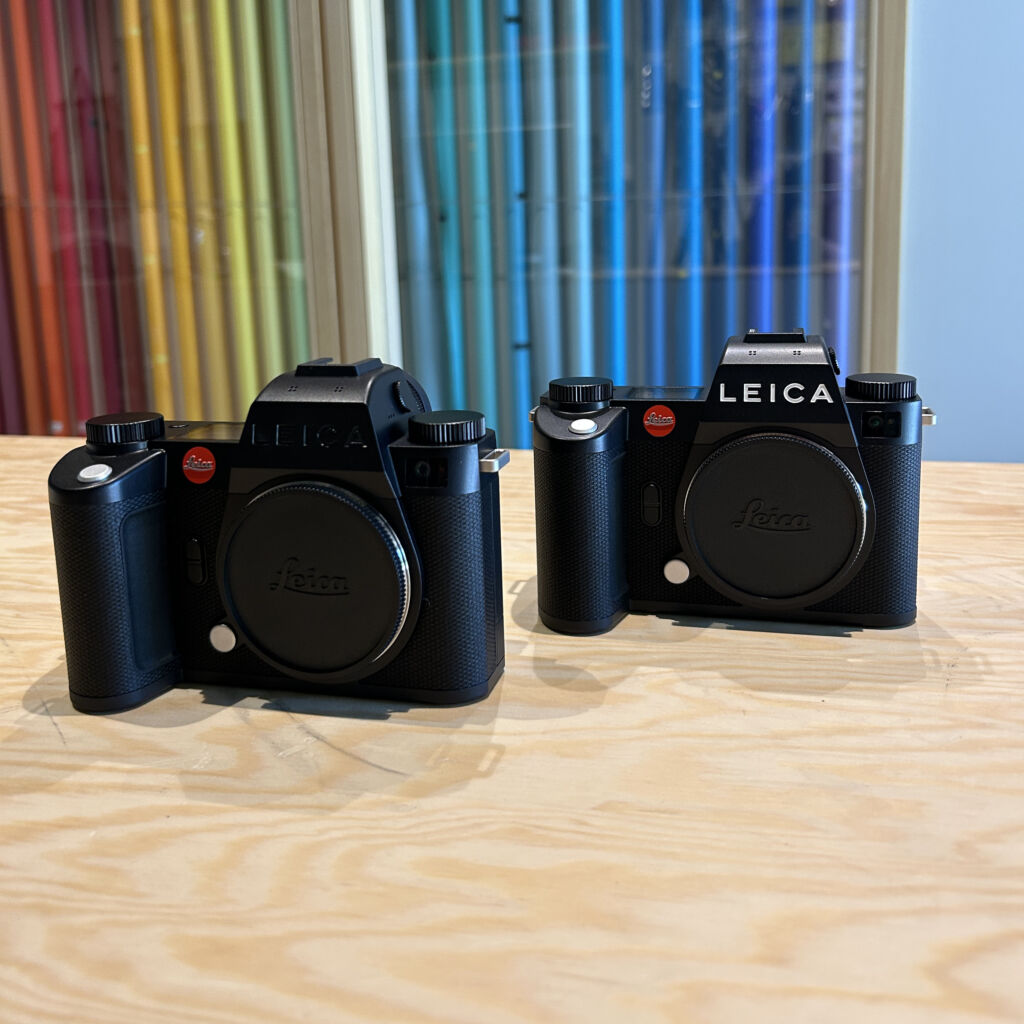
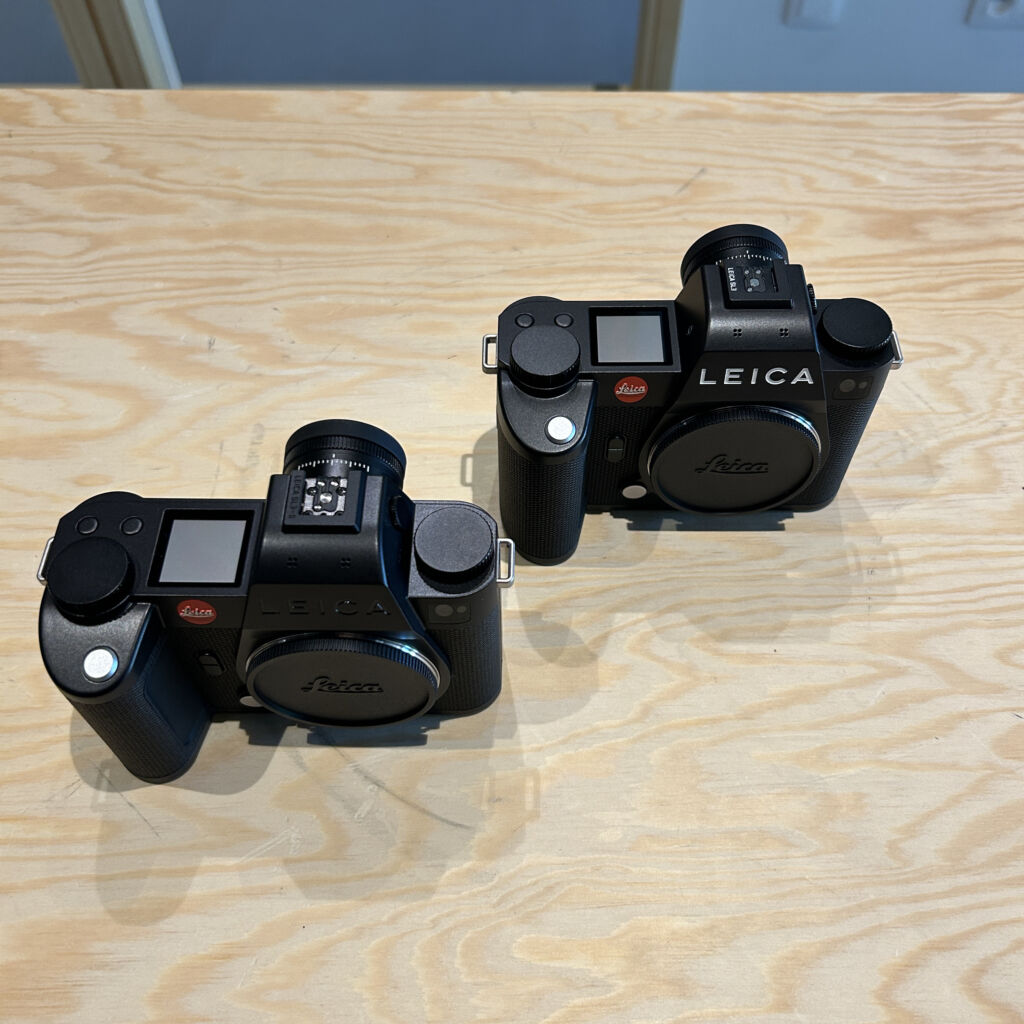
New autofocus
The Leica SL3-S features an all-new on-sensor phase detection autofocus system. This system considerably improves the camera’s ability to detect and track subjects, particularly people (head, face, eyes) and animals, compared with the previous generation of Leica cameras.
Phase detection works in synergy with contrast focusing and object detection with depth mapping, to deliver faster, more accurate focusing, capable of locking on and tracking moving subjects with far greater reliability.
This new, ultra-reactive autofocus is enhanced by the ability to shoot bursts of up to 30 images per second, in 12-bit RAW, while retaining autofocus with subject tracking and intelligent recognition.
Connectivity
Complementing this new speed, the SL3-S ‘s Wi-Fi has been improved and now supports 2×2 MIMO technology, enabling parallel connections.
Thanks to this upgrade, transfer speeds are up to eight times faster than those of the SL2-S, reaching up to 40 Mb/s, enabling a DNG file to be sent in around half a second.
Multi-Shot mode
The Leica SL3-S ‘s high-resolution multi-shot mode has also been enhanced. Whereas previously it was necessary to mount the camera on a tripod to use this mode, the SL3-S now offers a choice between hand-held and tripod shooting.
In handheld mode, the camera controls the micro-movements of the sensor less precisely than in tripod mode, resulting in a slightly less detailed image. However, this still allows you to capture high-resolution 96 megapixel photos without having to use a tripod. For the best possible quality, with maximum detail, we still recommend using a tripod.
A specific sub-menu has also been added to the multi-shot mode to manage movement in the scene. On the SL2-S, any movement in the frame during a multi-shot resulted in ghosting or blurring. With the SL3-S, users can now choose between two options: either combine images while retaining visible motion blur, or replace moving areas with a single still image, which removes the blur but reduces the level of detail in these areas.
Finally, the internal processing of combined images also makes it possible to improve digital noise management, without the need for a computer to achieve this kind of optimization.
Enhanced video capability
As mentioned above, the Leica SL3-S has been designed to meet the needs of videographers too. Its enhanced video capabilities make it a real workhorse for image professionals.
It is now possible to record in 6K RAW via the HDMI output, enabling exceptional levels of detail to be captured. What’s more, as framing is just as important as image quality, the SL3-S offers “open gate” (OG) recording in 3:2 format, using the entire surface of the sensor, as opposed to the classic 16:9 format. This offers greater freedom in post-production.
Internal recording is possible in C6K or C4K in ProRes, with no time limit. The only constraints are storage capacity and power supply.
For this, the device can be powered continuously via USB-C, and storage can be on CFexpress Type B cards or on external SSDs, which are more affordable and offer greater capacity.
Finally, a new button/knob to the left of the electronic viewfinder (EVF) now enables timecode synchronization, handy for easily aligning the image with an external audio or video recording.
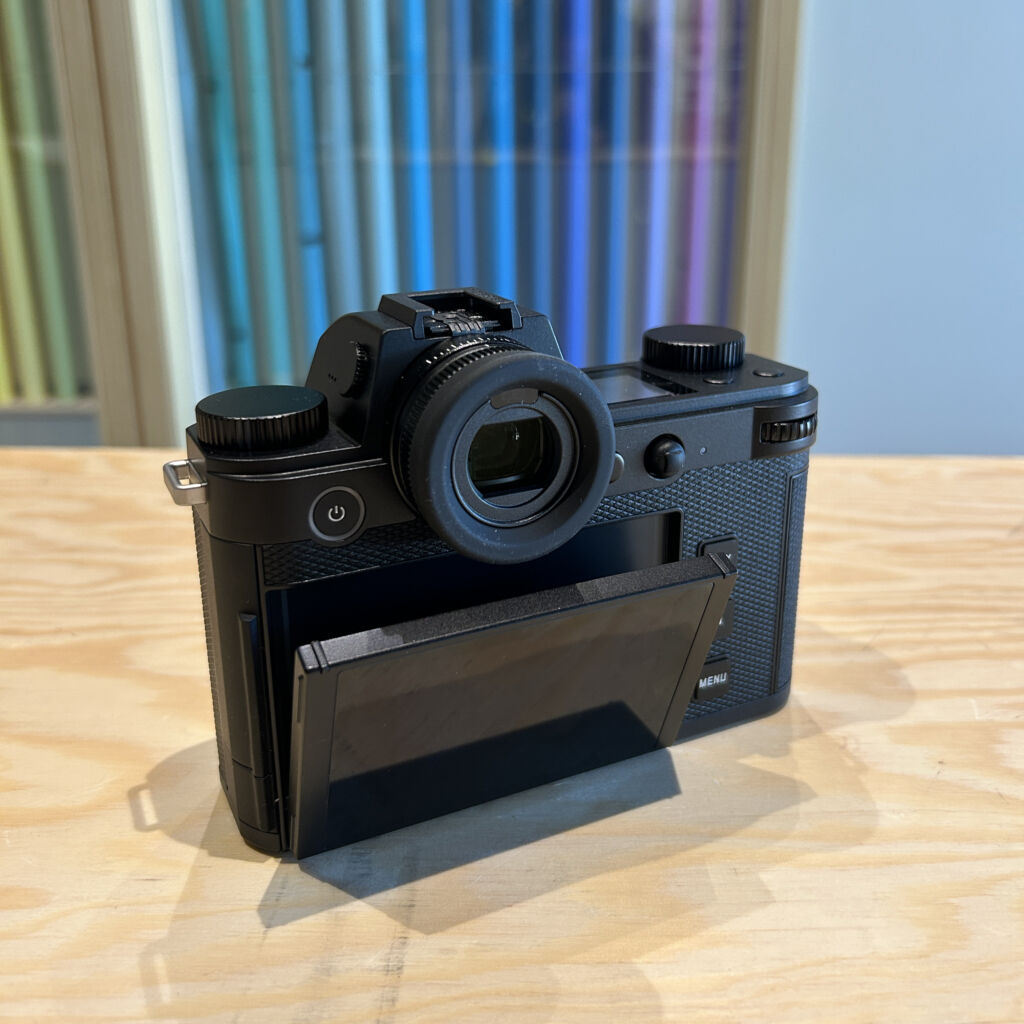
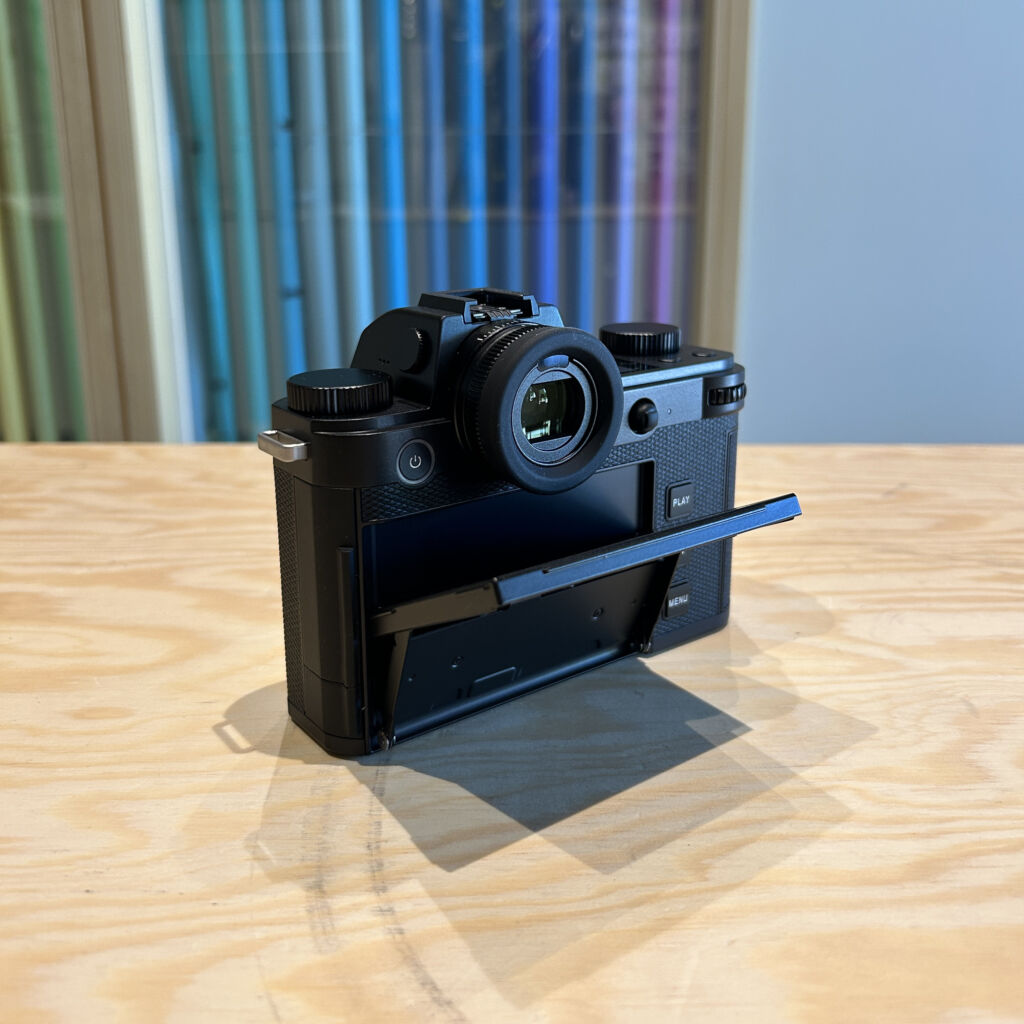
Tilting screen and electronic viewfinder
The Leica SL3-S introduces a new rear screen that can be tilted in two directions, measuring 3.2 inches and displaying a resolution of 2.3 million dots, offering good image quality for shooting from different angles. However, its mechanism is limited to simple tilting, without full articulation.
A 1.28″ monochrome display is located on the top plate, providing quick access to essential settings.
As for the electronic viewfinder (EVF), it retains its exceptional resolution of 5.76 million dots, with a refresh rate of up to 120 frames per second, guaranteeing a smooth and pleasant viewing experience, whatever the lighting conditions.
Content Authenticity
As with the latest Leica M11-P and Leica M11-D models, Leica has integrated the Content Authenticity Initiative (CAI) into the SL3-S. This technology enables users to protect their images with tamper-proof metadata, incorporated directly into each photo’s profile.
Maestro processor and image stabilization
The Leica SL3-S is equipped with the brand-new Maestro IV processor, combined with an 8 GB buffer memory, offering a clear performance boost. This processor makes it possible to download new “Leica Looks” profiles directly into the camera via the Leica Fotos application.
The camera features image stabilization (5-axis IBIS), allowing compensation for up to 5 stops, as on the SL3. This enables hand-held photos to be taken with up to half a second’s exposure, while providing greater stability when shooting video.
The SL3-S uses a hybrid shutter, with speeds ranging from 30 minutes to 1/8000 s with mechanical shutter, and 60 seconds to 1/16000 s with electronic shutter. Flash synchronization is available down to 1/200 s.
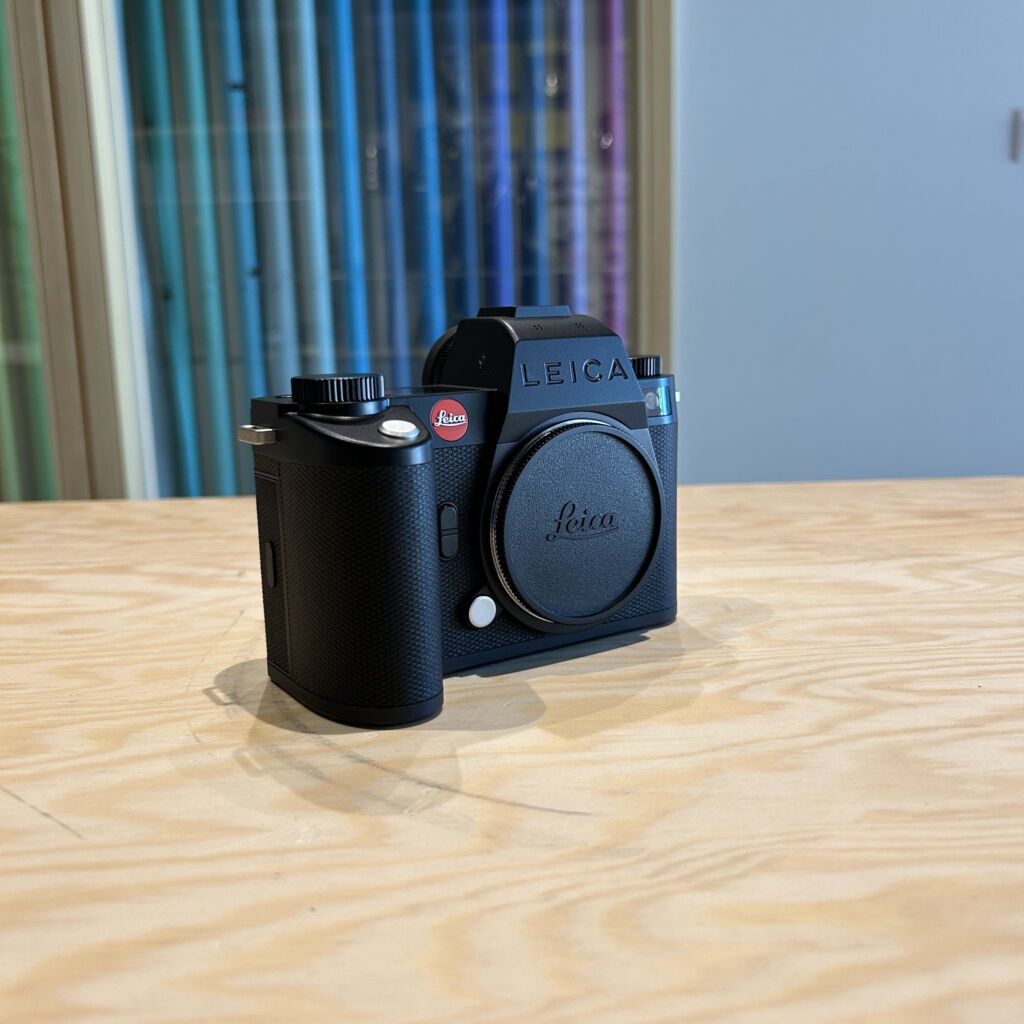
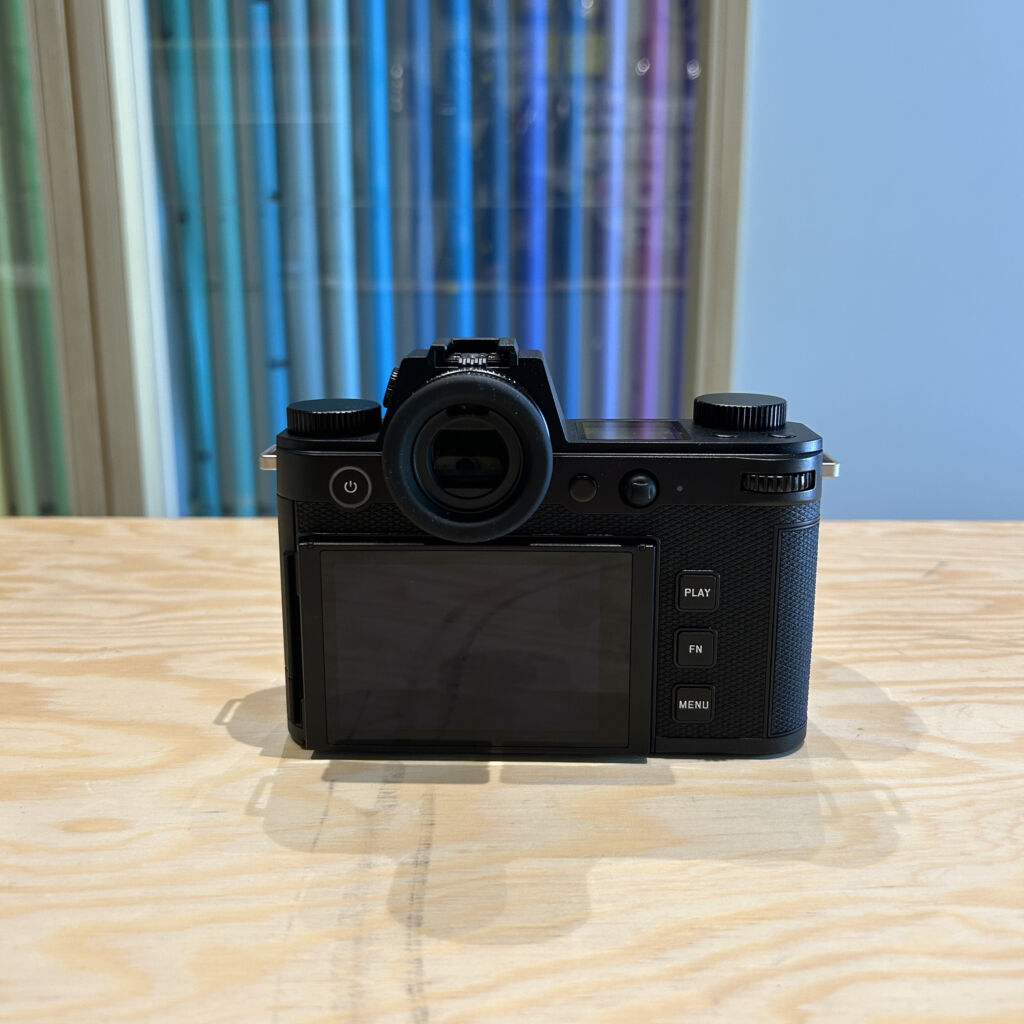
SL3-S design
The Leica SL3-S uses the same solid, sturdy housing as the Leica SL3, while retaining the brand’s distinctive aesthetic. Despite its imposing size, it offers well-thought-out ergonomics, with a clear and efficient control system.
The main exposure settings are accessed via three dials, one of which is customizable, and several buttons can be reconfigured to suit the user’s needs. The interface is fluid, with a simple switch from photo to video mode at the swipe of a finger across the screen.
The Leica SL3-S offers extensive customization, with the ability to easily assign functions to the buttons. It takes a little time to set up, and a good memory to find your way around, but the clear, well-structured interface makes the device pleasant and easy to use, despite its wealth of functions.
Another difference with the Leica SL3 is that the Leica logo on the SL3-S is black instead of white. This makes it more discreet from a distance, which may reflect Leica’s desire to offer a body with a more journalistic and professional vocation.
SL3-S technical specifications
| Leica SL3-S | Leica SL3 | Leica SL2-S | |
| Sensor | 24MP full-frame BSI CMOS sensor | 60MP full-frame CMOS sensor | 24MP full-frame CMOS sensor |
| ISO range | 50-200,000 | 50-100,000 | 50-100,000 |
| Autofocus | Hybrid AF, 779-point phase-detect, 315-point contrast AF, depth map, subject recognition | Hybrid with phase-detect | Based on contrast detection and depth mapping |
| Stabilization | 5-axis IBIS | 5-axis IBIS | 5-axis IBIS |
| Video | 6K open gate, 4K 30p, 4K 60p with crop | 8K at 30p, C4K & UHD at 60/50/30/25/24p | C4K 60p, UHD 60p, Full HD 180p |
| Continuous shooting | Up to 30fps | Up to 15fps | Up to 25fps |
| Viewfinder | 5.76m-dot | 5.76m-dot | 5.76m-dot |
| LCD display | 3.2-inch tilting, 2.33m-dot | 3.2-inch tilting, 2.3m-dot | 3.2-inch, 2.1m-dot |
| Storage | CFexpress Type B, SD UHS II | CFexpress Type B, SD UHS II | UHS-II, SD |
| Battery | Leica BP-SCL6, 315 shots (CIPA) | Leica BP-SCL6, 260 shots (CIPA) | Leica BP-SCL4, 370 shots (CIPA) |
| Weight | 768g | 769,7g | 840g |
| Dimensions | 141.2 x 108 x 82.7mm | 141.2 x 108.05 x 84.6mm | 146 x 107 x 83mm |
Is the Leica SL3-S worth buying: SL3-S vs SL3 vs SL2-S?
The Leica SL3-S, although more expensive than its competitors, impresses with its exceptional quality of manufacture, design and performance. Its efficient, customizable handling will delight users willing to invest time in mastering its settings.
It is particularly aimed at photographers who have already invested in the Leica SL ecosystem, and are looking for a more versatile and responsive camera than the Leica SL3.
For Leica SL2-S users, the Leica SL3-S represents a clear improvement, particularly in terms of tracking autofocus performance, thanks to a much more efficient system.
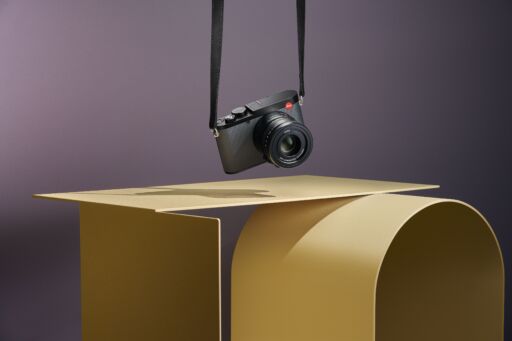
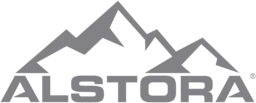















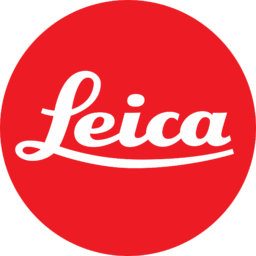









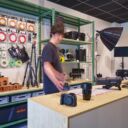
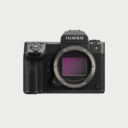 Photo
Photo 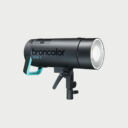 Lighting
Lighting 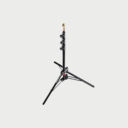 Tripods & Grip
Tripods & Grip  Digital
Digital 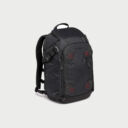 Bags & Cases
Bags & Cases 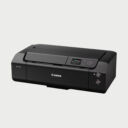 Printing
Printing 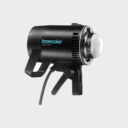 Continous lights
Continous lights 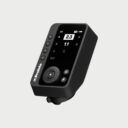 Transmitters
Transmitters 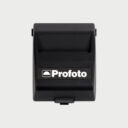 Accessories & Parts
Accessories & Parts 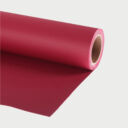 Accessories tripods & grips
Accessories tripods & grips 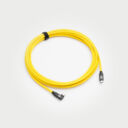 Cables & Tether
Cables & Tether 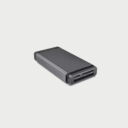 Hub & Adaptaters
Hub & Adaptaters 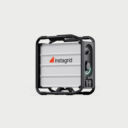 Portable power stations
Portable power stations 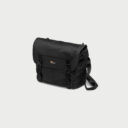 Sling bags
Sling bags 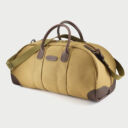 Travel bag
Travel bag 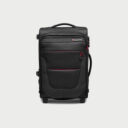 Rolling bags
Rolling bags  Hard cases
Hard cases 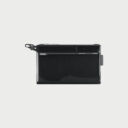 Organizers & Pouches
Organizers & Pouches 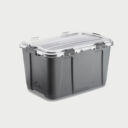 Containers
Containers 